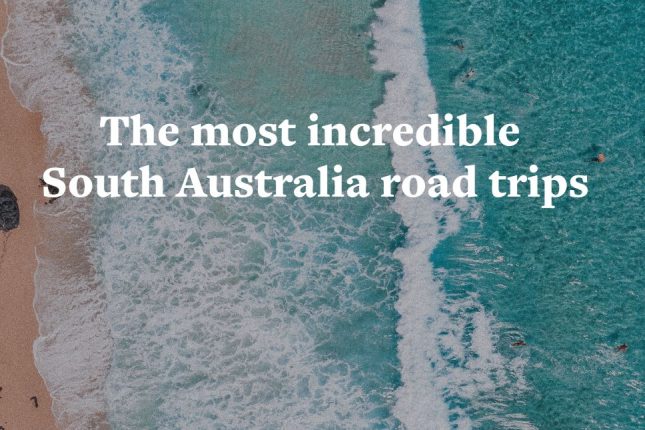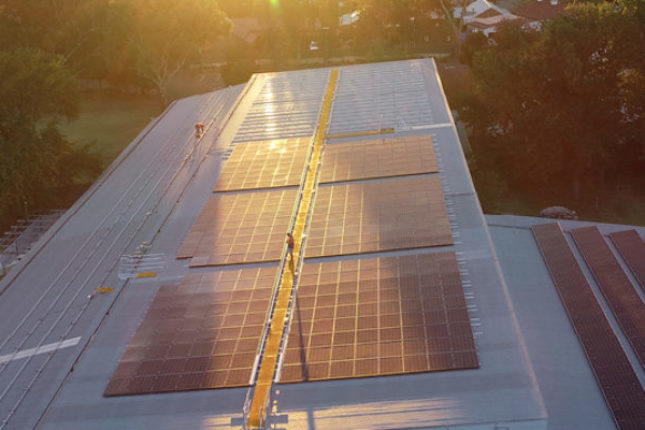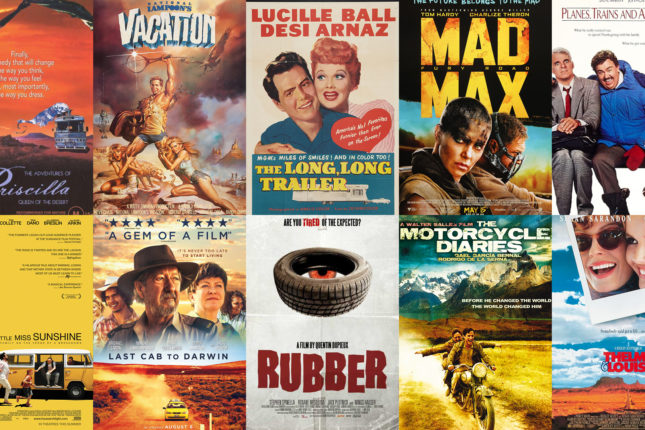But why V8s?
Written by Mick Bolognese | March 3rd, 2015
Adelaide’s Clipsal 500 is one the most popular events in Australia’s sporting calendar, and while it doesn’t quite edge out Melbourne’s Formula 1 GP for attendance or global TV audience, there is certainly a much more ‘home-grown’ feel to V8 racing than to Formula 1.
So how did Australia’s love affair with V8s begin?
It all started in the 1940s. Car racing had already been popular for decades in Australia, and the period between the two World Wars gave rise to the ‘Australian special’ – racing cars often scratched together by ingenious enthusiasts using whatever drivetrains and other parts they could find, usually fitted onto a home-made chassis. In the early Australian Grands Prix (as well as in other domestic races), these ‘Aussie specials’ competed alongside second-hand European Grand Prix factory racers from the likes of Bugatti and Alfa Romeo – and they held their own.
In fact, when motorsport resumed after the long pause during the years of the Second World War, the ‘Australian specials’ really shone, and particularly those built by a young Bathurst resident. George Reed had already raced in the Australian Grand Prix at Mount Panorama in 1938, but after the War he built a series of ‘specials’ using Ford parts that had become very cheap and easy to source, as the Defence force cleared out all the surplus equipment it had amassed during the conflict. One of these parts was the Ford ‘Flathead’ V8 engine – the first V8 simple and affordable enough for mass production. Reed’s ‘Flathead’-powered specials were hugely successful, and won events like the 1951 Australian Grand Prix and the 1950 Bathurst 100 (still called the New South Wales 100 at the time).
By 1960 ‘open wheel’ (Formula cars) racing was completely dominated by European cars, however, and local racing teams turned their attention to the increasingly popular ‘tin-tops’ (touring cars). For many years touring car championships were almost exclusively won by V8-powered Fords and Holdens. Races like Bathurst soon became synonymous with the Ford Falcon GT and the Holden Monaro GTS. As dominant as the V8s were, there was no actual restriction that prevented non-V8 cars from competing in the Australian Touring Car Championship at the time. 6-cylinder, 4-cylinder and even rotary engine cars were still in it, even notching up the occasional title. It took the controversy caused by the advent of Nissan’s all-conquering ‘Godzilla’ for the present V8 Supercar format to be born, but that is a story for another time…
Tune in next month for the story of Godzilla


 Show all
Show all
 Read this post
Read this post

 Visit
Visit